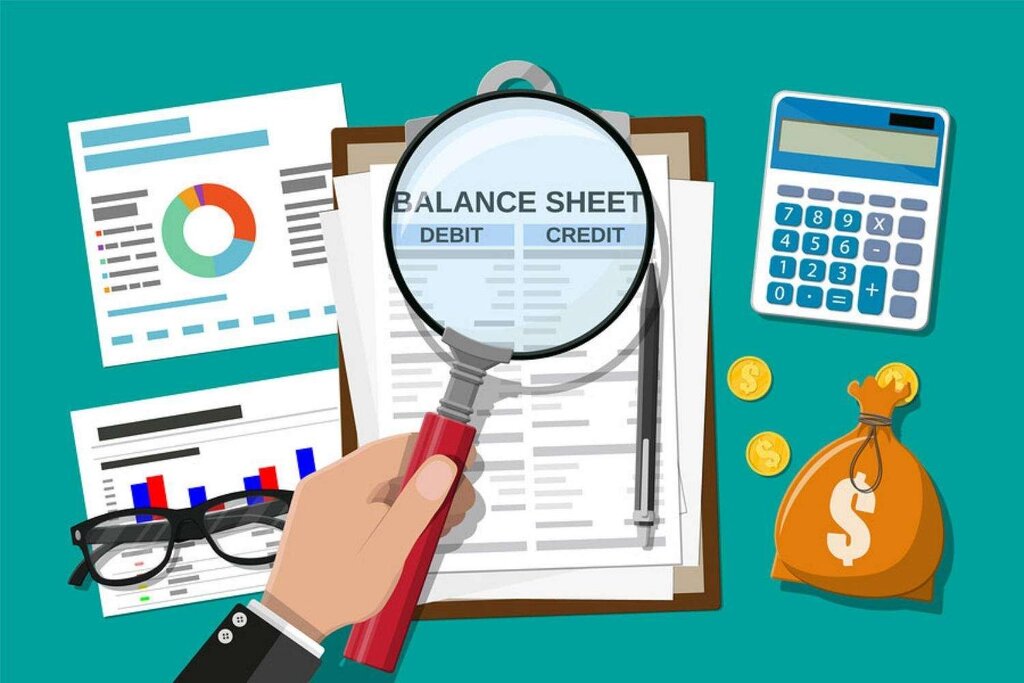Have A Info About Balance Sheet Terms And Definitions

A balance sheet may also be called a statement of financial position.
Balance sheet terms and definitions. A balance sheet is a financial statement that contains details of a company’s assets or liabilities at a specific point in time. A balance sheet is a financial report that summarizes the financial state of a business at a point in time. A highly abbreviated version of a balance sheet is shown in table 7.1.
The balance sheet is split into two columns, with each column balancing out the other to net to zero. Balance sheet the balance sheet is a financial statement that provides a snapshot of a company’s financial position at a specific point in time. A balance sheet represents your practice's overall financial position at a given point in time.
Balance sheet (bs) a financial statement that reports on all of a company’s assets, liabilities, and equity. Classified, common size, comparative, and vertical balance sheets. Our explanation of the balance sheet provides you with a basic understanding of a corporation's balance sheet (or statement of financial position).
This chapter provides a gentle introduction to balance sheets by showing how individuals can prepare their own personal balance sheets, and how similar these are to company balance sheets. This is also referred to as the statement of financial. As suggested by its name, a balance sheet abides by the equation.
Assets = liabilities + equity. Balance sheet is a financial statement that indicates the financial health of a company. Learn what a balance sheet should include and how to create your own.
The term ‘balance sheet’ implies that the total assets exactly equal the total of the liabilities and equity (a.k.a. Cnbc select talks about what a balance sheet is and it's utility as a financial statement The balance sheet displays the company’s total assets and how the assets are financed, either through either debt or equity.
An itemized financial statement that lists assets, liabilities, and equity. It presents the company’s assets (what it owns), liabilities (what it owes), and shareholders’ equity (the difference between assets and liabilities). A balance sheet is typically compiled at the end of each accounting period, which is also the beginning of the next accounting period.
It provides an overview of the value of a business’s assets, liabilities, and owner’s equity. It can also be referred to as a statement of net worth or a statement of financial position. The balance sheet is based on the fundamental equation:
The term balance sheet refers to a financial statement that reports a company's assets, liabilities, and shareholder equity at a specific point in time. Balance sheet (also known as statement of financial condition or statement of financial position): Some sources abbreviate the term as bal sh.accountants use multiple formats when creating balance sheets:
Financial statements for businesses usually include income statements , balance sheets , statements of retained earnings and cash flows. Nomic flows of all previous periods. A statement showing the financial position (the assets, liabilities and equity) of an individual, company or organisation on a certain date.


![[Solved] Matching Definitions with Balance SheetRe SolutionInn](https://s3.amazonaws.com/si.question.images/image/images4/72-B-A-I-S(274).png)





:max_bytes(150000):strip_icc()/dotdash_Final_Balance_Sheet_Aug_2020-01-4cad5e9866c247f2b165c4d9d4f7afb7.jpg)


:max_bytes(150000):strip_icc()/balancesheet.asp-V1-5c897eae46e0fb0001336607.jpg)






![Making Sense of Your Balance Sheet [Infographic] Learn accounting](https://i.pinimg.com/originals/f7/0d/ec/f70dec3a63cbcc1511efabd76241ea3c.jpg)